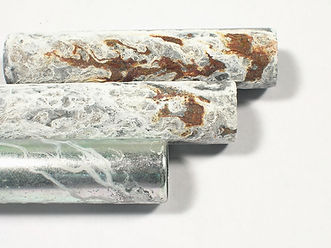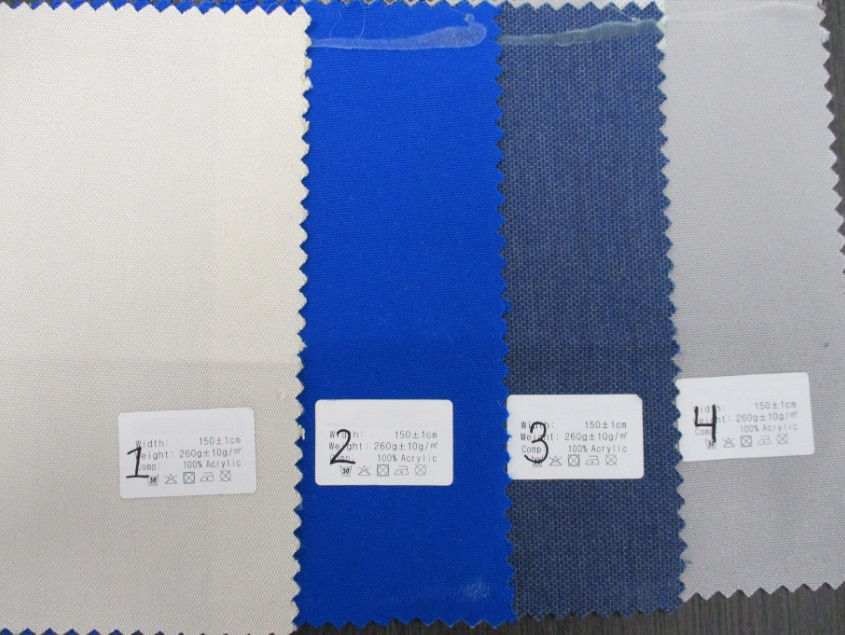Contact Resistance Tester As Process Control Tool for Class 3 Chromate Conversion Coatings
- mvermeulen89
- Mar 11, 2024
- 3 min read
MIL-DTL-5541 and MIL-DTL-81706 describe the requirements for chromate conversion coatings on aluminum for corrosion protection. The chromate coating was historically based on hexavalent chrome chemistry, an effective passivation agent for aluminum. Hexavalent or “hex” chrome, designated “Type I” by the standards, is a known human carcinogen, and in the past 20+ years trivalent chromate coatings (Type II) have been developed as more environmentally-friendly alternatives.
Regardless of the Type, chromate conversions are expected to provide the same corrosion resistance, generally 168h of 5% Neutral pH Salt Spray as in ASTM Practice B117 and others. Traditional hexavalent chromate has by nature been very effective in providing corrosion resistance and thus has been forgiving in terms of process control. The new trivalent chromate coatings are less forgiving and require operation in a much tighter control window to achieve the 168h salt spray corrosion resistance requirement.
The MIL standards also define the Class of chromate conversion, and Class 3 chromate is specified for applications where the chromated aluminum article must be electrically conductive. There is a contact resistance requirement for Class 3 chromates; less than 5 milliohms (5,000 microhms) prior to salt spray, and less than 10 milliohms (10,000 microhms) following salt spray. In order to achieve the contact resistance requirement, the chromate film cannot be too thick, or the resistance will exceed the Class 3 contact resistance requirement. It is intuitive that since the chromate is being applied for corrosion resistance, “if some is good, more is better.” However, metal finishers must limit the chromate film thickness in order to achieve the Class 3 contact resistance requirements.

This is a high-wire tightrope act for metal finishers, because the same 168h corrosion resistance requirement applies to Class 1A and Class 3 chromated articles, but the Class 3-coated components must have a chromate film that does not exceed the contact resistance limits. To use the old adage, the chromated aluminum MIL standards “want their cake, and want to be able to eat it, too.”
Fortunately for metal finishers applying chromate conversions, MIL-DTL-81706 Figures 1 and 2 describe a contact resistance measurement device that clamps the test panel between two copper electrodes, one of which is one (1) inch square in area. The contact electrodes are wired to a “four-wire” resistance measurement device using a Kelvin bridge arrangement of resistors, a power supply, and an ohmmeter. Unfortunately the apparatus described in MIL-DTL-81706 §4.5.5 is essentially pre-WWII technology and has not been commercially available. A metal finisher or test lab desiring to have the contact resistance measurement capability has needed to assemble its own apparatus per the standard.
Assured Testing Equipment has introduced its AT-706 Contact Resistance test machine based on the requirements of MIL-DTL_81706 §4.5.5, but employs modern technology for enhanced measurement accuracy, productivity, convenience, and ease of use.

The AT-706 contact resistance tester incorporates a PLC-controlled pneumatic press to close the copper electrodes on a 3”x 10” chromated aluminum test panel, measuring the force with a calibrated electronic load cell, accurately providing the 200 lbF/in2 +/- 2lbF/ in2 clamping pressure. A state of the art four-wire microhmeter measures the contact resistance. Readings can be saved to ten different “bins” in the microhmeter if desired for access by USB.
The AT-706 arms the metal finisher with the measurement tool necessary to accurately determine in near real time the contact resistance of test panels chromated in accordance with either MIL-DTL-5541, or MIL-DTL-81706. The chromate film is allowed to dry and the measurement taken. No more guessing as to whether the proper thickness is applied, because panel appearance and chromate color alone are not reliable indicators of chromated panel contact resistance.
It should be noted that conventional two-wire multimeters are not sufficiently sensitive to measure the low resistances specified in the MIL standards, and are inappropriate for contact resistance measurement in accordance with the MIL chromate standards. A four-wire microhmeter is required, which incorporates Kelvin bridge technology inside a modern low-resistance measurement device. But a four-wire microhmeter is only part of the required apparatus, which must also provide the specified clamping pressure on the test panel.
Without a proper specification-compliant contact resistance test device, metal finishers are left to guess at how much chromate is enough to meet the corrosion resistance, but not too much that the contact resistance is exceeded. The Assured Testing AT-706 empowers the metal finisher with the means to measure contact resistance in near real time, and eliminates the guesswork in chromating Class 3 work to walk successfully the tightrope between corrosion resistance and contact resistance.





This article does an excellent job of summarizing the difficulty of achieving coating thickness capable of meeting the required 168 hour salt for MIL-DTL-5541, while not exceeding the allowable resistivity for Class 3 components. A purpose built device to designed measure resistivity of 5541 panels would prove invaluable when adjusting chromate conversion parameters such as immersion time, temperature, and concentration. It could help maintain quality control once the optimum parameter ranges have been determined, to avoid test panel submission failures.